COVID-19
‘Incompetence’: Pentagon Doesn’t Know How Much Money It Sent To Chinese Entities For Risky Virus Research
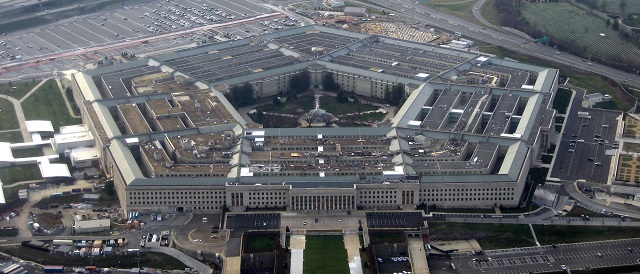
 From the Daily Caller News Foundation
From the Daily Caller News Foundation
By NICK POPE
The Department of Defense (DOD) does not know how much money it directly or indirectly sent to Chinese entities to conduct research on viruses with pandemic potential, according to a new report by the DOD’s Office of Inspector General (OIG).
The OIG’s report found that DOD has supplied Chinese entities — whether directly or indirectly via subgrants — with taxpayer cash to research pathogens and the enhancement thereof, but the exact figure is unknown because of “limitations” in the DOD’s internal tracking system. Government funding for such research in China has come under scrutiny since the coronavirus pandemic, which multiple government entities believe started when an engineered virus leaked from a Chinese laboratory that was hosting U.S. government-backed gain-of-function research.
“Incompetence, absurdity, insanity; it’s hard to find a word that adequately describes this. Of all the things that DOD tracks, funds for dangerous research that could find their way to a hostile regime should be at the top of the list of those they keep close tabs on,” Michael Chamberlain, director of Protect the Public’s Trust, told the Daily Caller News Foundation regarding the OIG report’s findings. “It makes you wonder if they really know where all our nuclear warheads are. The military is one of the few areas of government in which the public still maintains a modicum of trust, but, sadly, it looks like they are working hard to squander even that.”
Due to limitations in the DoD's tracking systems, the full extent of DoD funds provided to Chinese research laboratories for research related to enhancement of pathogens of pandemic potential is unknown. Read our new report now: https://t.co/Ts7V7C15V9
— DoD Office of Inspector General (@DoD_IG) June 20, 2024
The OIG review of this specific issue was required by the terms of the National Defense Authorization Act (NDAA) for fiscal year 2024, which President Joe Biden signed into law in December 2023. The OIG’s investigation sought to determine just how much taxpayer cash was routed via “grants, contracts, subgrants, subcontracts, or any other type of agreement or collaboration, to Chinese research labs or to fund research or experiments in China or other foreign countries that could have reasonably resulted in the enhancement of pathogens of pandemic potential, from 2014 through 2023.”
Specifically, the OIG learned from U.S. Army officials that 12 grant awards fit the description of what it was investigating, seven of which were subgrants or subcontracts provided to entities in China or other foreign countries for research involving or related to enhanced pathogens, its report states. The OIG’s review also identified a further $9.9 million in funding that reached Chinese entities for research purposes, though that research was unrelated to pathogens.
“However, we did encounter significant challenges in searching for awards related to section 252 of the FY 2024 NDAA reporting requirement due to limitations in the DoD’s systems used to track contracts and grants,” the OIG report states. “Therefore, the full extent of DoD funds provided to Chinese research laboratories or other foreign countries for research related to enhancement of pathogens of pandemic potential is unknown.”
The issues with DOD’s grant tracking systems created “significant constraints” for OIG that “hindered [its] ability to conduct a thorough examination” of DOD’s involvement in funding this specific type of research, the report states.
The Government Accountability Office (GAO) previously conducted a similar review of DOD’s spending and Chinese entities receiving taxpayer dollars to conduct research on pathogens of pandemic potential, and its final report — published in September 2022 — also detailed similar struggles with the DoD’s grant and sub-grant tracking systems.
Did NIH fund gain-of-function research in Wuhan?
Dr. Tabak in 2024: "If you're speaking about the generic term, yes we did."
Dr. Fauci in 2021: "The NIH has not ever and does not now fund gain-of-function research in the Wuhan Institute…" pic.twitter.com/VIi0PVhFa6
— Daily Caller (@DailyCaller) May 17, 2024
The Department of Energy (DOE) has concluded that the COVID-19 pandemic most likely began when the virus leaked from the Wuhan Institute of Virology in China, which was the site of gain-of-function research funded by the U.S. government via an organization called EcoHealth Alliance. Additionally, Federal Bureau of Investigation (FBI) Director Christopher Wray has acknowledged that his organization has reached a similar conclusion.
Despite this, former Director of the National Institute of Allergy and Infectious Diseases Anthony Fauci has reiterated his position that a lab leak is the less likely scenario of the two as recently as Tuesday. The COVID-19 pandemic killed more than one million Americans, according to the Centers for Disease Control and Prevention (CDC), and millions more globally, while the American policy response to the pandemic inflicted considerable economic and social damage on the general public.
The DOD did not respond immediately to a request for comment.
COVID-19
New Peer-Reviewed Study Affirms COVID Vaccines Reduce Fertility
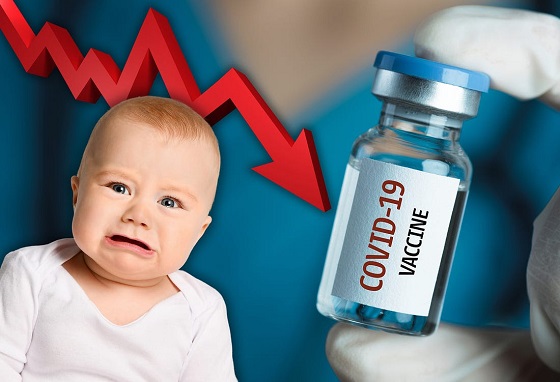
Here’s what the numbers reveal, and what it could mean for humanity
What was once dismissed as a “conspiracy theory” now has hard data behind it.
A new peer-reviewed study out of the Czech Republic has uncovered a disturbing trend: in 2022, women vaccinated against COVID-19 had 33% FEWER successful conceptions per 1,000 women compared to those who were unvaccinated.
A “successful conception” means a pregnancy that led to a live birth nine months later.
The study wasn’t small. It analyzed data from 1.3 million women aged 18 to 39.
Here’s what the numbers reveal, and what it could mean for humanity.
First, let’s talk about the study.
It was published by Manniche and colleagues in the International Journal of Risk & Safety in Medicine, a legitimate, peer-reviewed journal respected for its focus on patient safety and pharmacovigilance.
The study was conducted from January 2021 to December 2023 and examined 1.3 million women aged 18–39. By the end of 2021, approximately 70% of them had received at least one COVID-19 vaccination, with 96% of the vaccinated cohort having received either the Pfizer or Moderna vaccine.
By 2022, a stark difference was clear.
The vaccinated cohort averaged around 4 successful conceptions per 1,000 women per month.
That’s a staggering 33% LESS than the 6 per 1,000 seen in the unvaccinated group.
This means that for every 2 vaccinated women who successfully conceived and delivered a baby, 3 unvaccinated women did the same.
In 2022, unvaccinated women were 1.5 times MORE likely to have a successful conception.
Again, that’s a conception that led to a live birth nine months later.
The authors did not jump to the conclusion that their study proved causation. They cited that other factors may have played a role, such as self-selection bias
However, the researchers noted that self-selection bias does not explain the timing and scale of the observed drop in fertility.
Moreover, birth rates in the Czech Republic dropped from 1.83 per 1,000 women in 2021 to 1.37 in 2024, adding further evidence that the COVID-19 vaccines may be contributing to the decline in fertility.
That downward trend, the researchers argue, supports the hypothesis that something beyond individual decision-making may be affecting conception rates.
As such, they argue that the study’s results warrant a closer and more thorough examination of the impact of mass vaccination.
If this study holds true, and vaccinated women are really much less likely to have successful conceptions, the implications for humanity are massive.
Millions of babies could be missing each year as a result of COVID vaccination, and recent data from Europe and beyond already point to a deeply disturbing trend.
NOTE: Europe experienced a sharper decline in births than usual from 2021 to 2023.
Live births fell from 4.09 million in 2021 to 3.67 million in 2023, marking a 10.3% decline in just two years.
The new Czech study adds to growing evidence that COVID vaccines may be contributing to a dramatic decline in fertility, just as many feared all along.
As Elon Musk warns, “If there are no humans, there’s no humanity.”
Whether the shots are the cause or not, the trend is real—and it’s accelerating.
It’s time to stop dismissing the signals and start investigating the cause.
Thanks for reading. I hope this report gave you real value. This is a critically important topic that deserves attention.
If you appreciate my work and want to help keep it going, consider becoming a paid subscriber.
99% of readers get this content for free. But just $5/month from the 1% keeps it flowing for everyone else.
If this work matters to you, this is the best way to support it.
Be the 1% who makes it possible.
Catch the rest of today’s biggest headlines at VigilantFox.com.
COVID-19
Ontario man launches new challenge against province’s latest attempt to ban free expression on roadside billboards
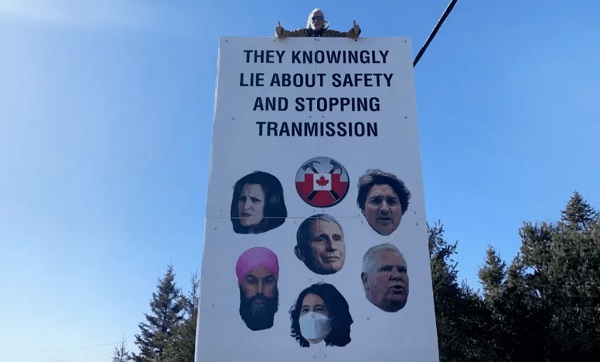
The Justice Centre for Constitutional Freedoms announces that Ontario resident George Katerberg has launched a legal challenge against the Ontario Ministry of Transportation for banning roadside billboards with social or political messages. Mr. Katerberg believes that the Ministry’s policies go too far and undermine the freedom of expression of all Ontarians.
This case goes back to March 2024, when Mr. Katerberg, a retired HVAC technician, rented a billboard on Highway 17 near Thessalon, Ontario, that featured images of public health officials and politicians alongside a message critical of their statements about vaccines.
After the Ministry rejected his proposed billboard several times on the grounds it promoted hatred, a constitutional challenge was launched with lawyers provided by the Justice Centre. Mr. Katerberg’s lawyers argued that the Ministry’s position was unreasonable, and that it did not balance Charter rights with the purposes of relevant legislation.
The Ministry later admitted that the sign did not violate hate speech guidelines and agreed to reconsider erecting the billboard.
However, in April 2025, the Ministry quietly amended its policy manual to restrict signs along “bush highways” to those only promoting goods, services, or authorized community events.
The new guidelines are sweeping and comprehensive, barring any messaging that the Ministry claims could “demean, denigrate, or disparage one or more identifiable persons, groups of persons, firms, organizations, industrial or commercial activities, professions, entities, products or services…”
Relying on this new policy, the Ministry once again denied Mr. Katerberg’s revised billboard.
Constitutional lawyer Chris Fleury explains, “By amending the Highway Corridor Management Manual to effectively prohibit signage that promotes political and social causes, the Ministry of Transportation has turned Mr. Katerberg’s fight to raise his sign into a fight on behalf of all Ontarians who wish to express support for a political or social cause.”
No date has yet been assigned for a hearing on this matter.
-

 COVID-192 days ago
COVID-192 days agoOntario man launches new challenge against province’s latest attempt to ban free expression on roadside billboards
-

 Energy2 days ago
Energy2 days agoThis Canada Day, Celebrate Energy Renewal
-

 COVID-1919 hours ago
COVID-1919 hours agoNew Peer-Reviewed Study Affirms COVID Vaccines Reduce Fertility
-
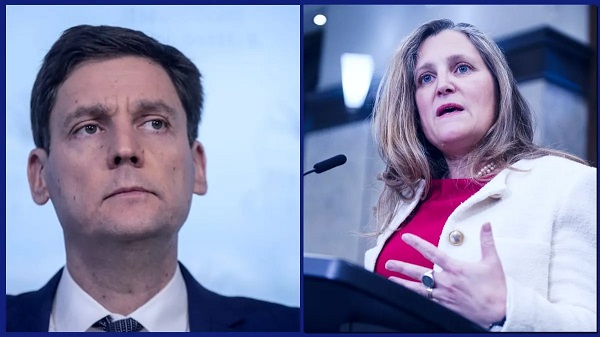
 Business15 hours ago
Business15 hours agoOttawa Funded the China Ferry Deal—Then Pretended to Oppose It
-
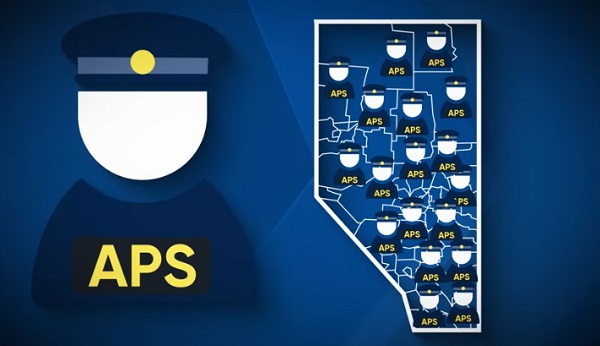
 Alberta2 days ago
Alberta2 days agoAlberta Next Takes A Look At Alberta Provincial Police Force
-

 Alberta2 days ago
Alberta2 days agoCanadian Oil Sands Production Expected to Reach All-time Highs this Year Despite Lower Oil Prices
-
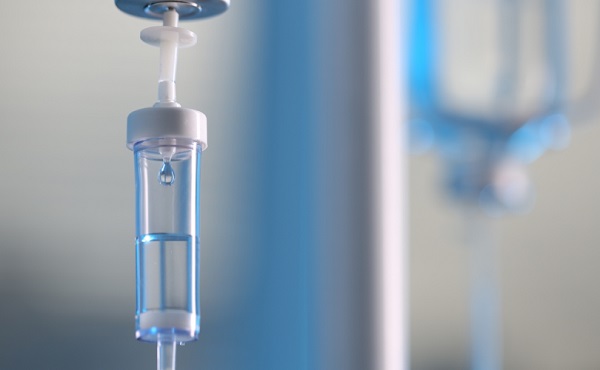
 MAiD17 hours ago
MAiD17 hours agoCanada’s euthanasia regime is not health care, but a death machine for the unwanted
-
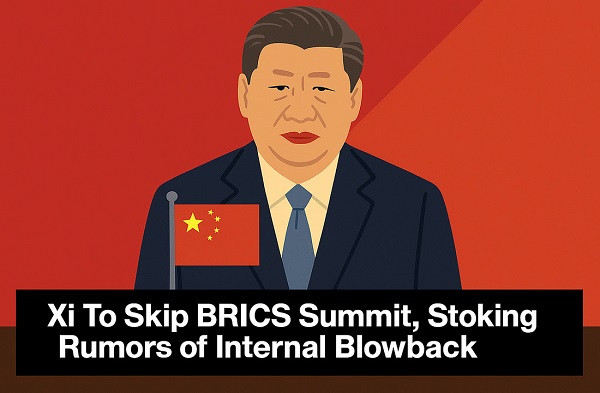
 International2 days ago
International2 days agoPresident Xi Skips Key Summit, Adding Fuel to Ebbing Power Theories

















